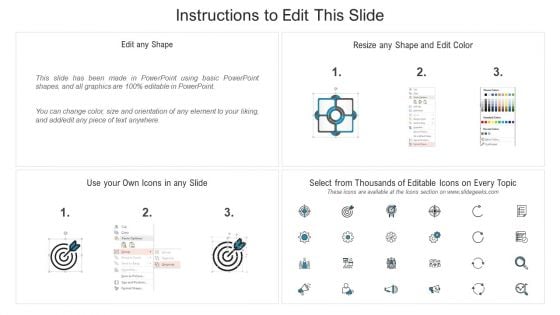Hybrid Core Networks: Seamless Interconnection Between 4G EPC and 5G Core (5GC)
telcomatraining.com – The telecommunications landscape is rapidly evolving, and with the global rollout of 5G, network providers face the challenge of bridging existing 4G LTE infrastructure with emerging 5G technologies. Enter hybrid core networks—a crucial solution that enables the interconnection between 4G EPC (Evolved Packet Core) and the 5G Core (5GC). These integrated systems offer a practical approach to support both legacy and future mobile services, ensuring scalability, continuity, and optimal user experience.
Understanding Hybrid Core Networks
Hybrid core networks refer to architectures where 4G and 5G cores coexist and interoperate. This setup allows devices connected via 4G to access 5G-enabled services, while also enabling dual connectivity—where a device uses both networks simultaneously for improved performance. Operators implement hybrid cores to optimize investment by gradually integrating new technologies without abandoning existing infrastructure.
There are two primary deployment options: Non-Standalone (NSA) and Standalone (SA) modes. In NSA, the 5G radio access network (RAN) works in conjunction with the 4G EPC, while in SA, the 5G RAN is linked directly to the 5GC. Hybrid core networks often utilize both modes to support a variety of use cases and deployment strategies.
Benefits of Seamless Interconnection
The integration between EPC and 5GC brings several strategic and operational benefits:
- Smooth Transition to 5G
Operators can roll out 5G services incrementally without disrupting existing 4G users. This ensures service continuity and maximizes return on past infrastructure investments. - Cost Efficiency
Building a completely new core for 5G is capital-intensive. Hybrid networks enable resource sharing between EPC and 5GC, minimizing redundancy and reducing operational costs. - Enhanced User Experience
Users can enjoy lower latency, faster speeds, and greater reliability through dual connectivity and improved traffic handling. - Support for Emerging Use Cases
5G use cases such as ultra-reliable low-latency communication (URLLC) and massive IoT can be supported while maintaining service for 4G users.
Key Technologies Enabling Hybrid Interconnection
Several technologies play a role in making hybrid core networks effective:
- Interworking Functions (IWF): Enable communication between EPC and 5GC, translating protocols and managing session continuity.
- Dual Connectivity: Devices can connect to both 4G and 5G base stations simultaneously, improving throughput.
- Service-Based Architecture (SBA): In the 5GC, SBA allows flexible and dynamic deployment of services, which can coexist and interface with EPC components.
Challenges in Hybrid Deployments
Despite the benefits, hybrid core network deployments come with challenges:
- Complex Integration: Ensuring interoperability between different generations of technology requires precise planning and configuration.
- Security Considerations: As data moves between EPC and 5GC, maintaining security across different protocols and standards is critical.
- Latency Management: Coordinating session management and handovers without degrading performance is a technical hurdle.
Future Outlook
Hybrid core networks are expected to remain relevant during the transition period to full 5G deployment. As networks evolve, the integration of AI, automation, and edge computing will further enhance their capabilities. Eventually, as 5G becomes more widespread, operators may phase out EPC in favor of a fully cloud-native 5GC. However, for the foreseeable future, hybrid core networks are essential to ensuring seamless connectivity and a stable path forward in the era of mobile innovation.






